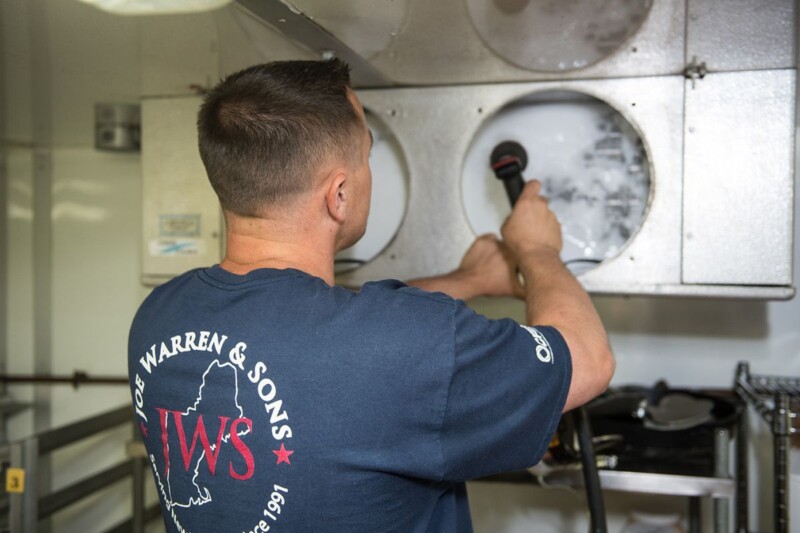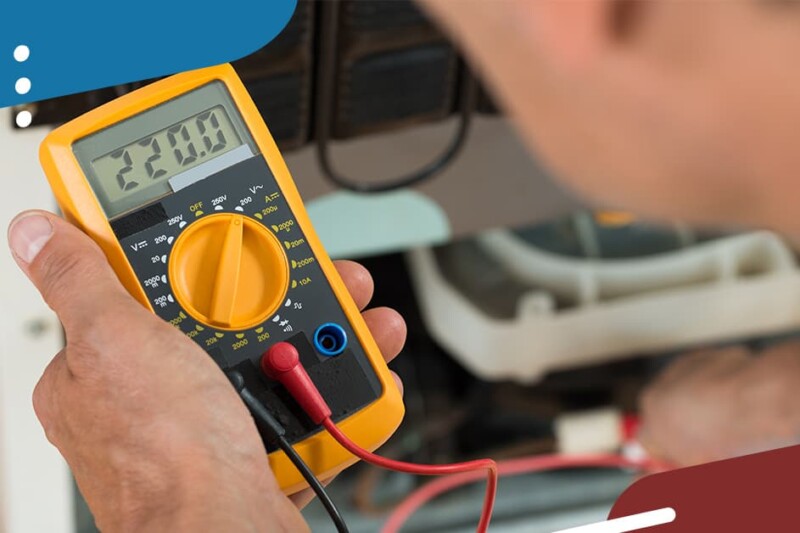Sometimes an equipment failure’s underlying cause isn’t immediately apparent, despite ultimately being very simple. When Dan Dibeler, CFO at K&D Factory Service, Harrisburg, Pa., got a call from one of his best clients, a high-end restaurant in his area, he found out how frustrating a “simple” problem can become. “The combi had been having intermittent issues where it would just completely shut down,” Dibeler explains. “The restaurant had three combis, but only this particular unit was affected.” When the K&D technician arrived on site, the combi worked perfectly on a test run-through. “He couldn’t seem to replicate the issue,” Dibeler says. However, on the next trip out, he actually observed the unit fail. A call to the manufacturer led Dibeler to investigate a failure in the door switch; maybe it was shorting and making the unit shut off. It wasn’t.
Fortunately, the manufacturer happened to be hosting a training session with K&D nearby. “I was able to get myself, two of the manufacturer’s people, and our senior technician to the restaurant,” says Dibeler. Together they began taking the kitchen apart, checking every possible variable including water lines, filters, power supplies, control issues and more. It wasn’t long before they discovered an issue that was creating a lack of airflow to the combi. “The machine wasn’t exhausting, so carbon monoxide would build, choke out the combi’s flue, and shut the machine down,” explains Dibeler. The machine needs to exhaust and then oxygen needs to be replenished for combustion. Of course, the machine was designed to shut itself off before a dangerous amount of carbon monoxide could amass.
As they investigated further, they learned that the hood over the unit had been custom built in a recent redesign. “It stretched all the way from the cookline to a dishmachine in the farthest recessed corner in an L-shape,” Dibeler explains. The exhaust hood had been built to accommodate both the combi (moved from another position) and the dishmachine; they were 20 ft. apart. It wasn’t until one of the restaurant’s dishwashers approached them that they figured out exactly what was happening. “Did you need this hood turned on?” he asked. “We only turn it on when we’re running the dishmachine,” he told them. It explained a lot.
Before the redesign, the dish area had a dedicated hood; only running it while running the dishmachine was a good policy. No one clearly communicated that the new custom hood was covering more equipment. Continuously running the hood during kitchen hours solved the problem. The key takeaway from this experience: When you can’t easily figure out why a piece of equipment is failing, gather all the kitchen staff together and start asking questions.
RELATED CONTENT
- Advertisement -
- Advertisement -
- Advertisement -
TRENDING NOW
- Advertisement -
- Advertisement -
- Advertisement -


